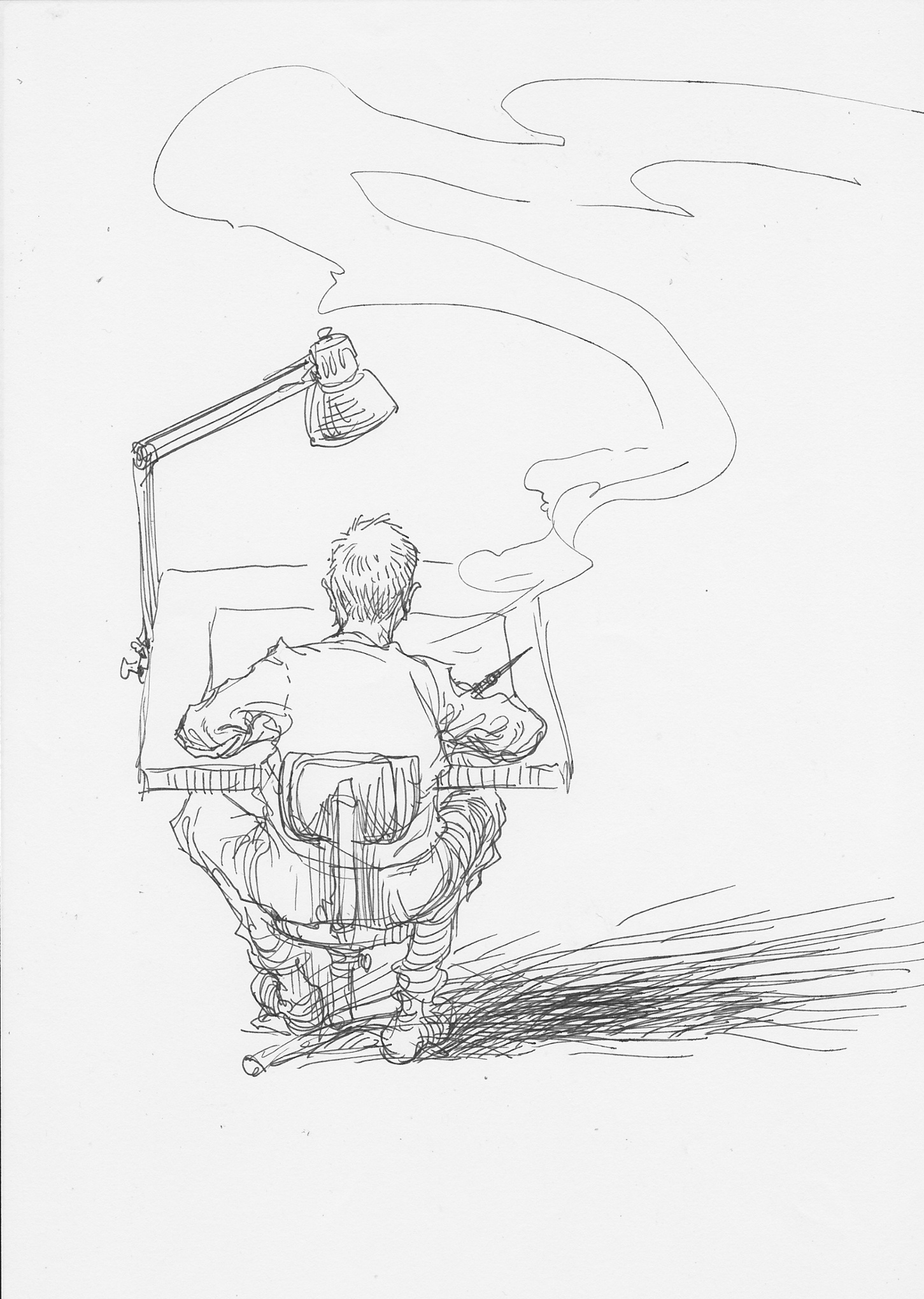Neil Gaiman presents lifetime achievement award to Ursula K. Le Guin at 2014 National Book Awards
/For more than forty years, Le Guin has defied conventions of narrative, language, character, and genre, as well as transcended the boundaries between fantasy and realism, to forge new paths for literary fiction. Among the nation’s most revered writers of science fiction and fantasy, Le Guin’s fully imagined worlds challenge readers to consider profound philosophical and existential questions about gender, race, the environment, and society. Her boldly experimental and critically acclaimed novels, short stories, and children’s books, written in elegant prose, are popular with millions of readers around the world.
In recognition of her transformative impact on American literature, Ursula K. Le Guin is the 2014 recipient of the Foundation’s Medal for Distinguished Contribution to American Letters. She is the Foundation’s twenty-seventh award recipient.




